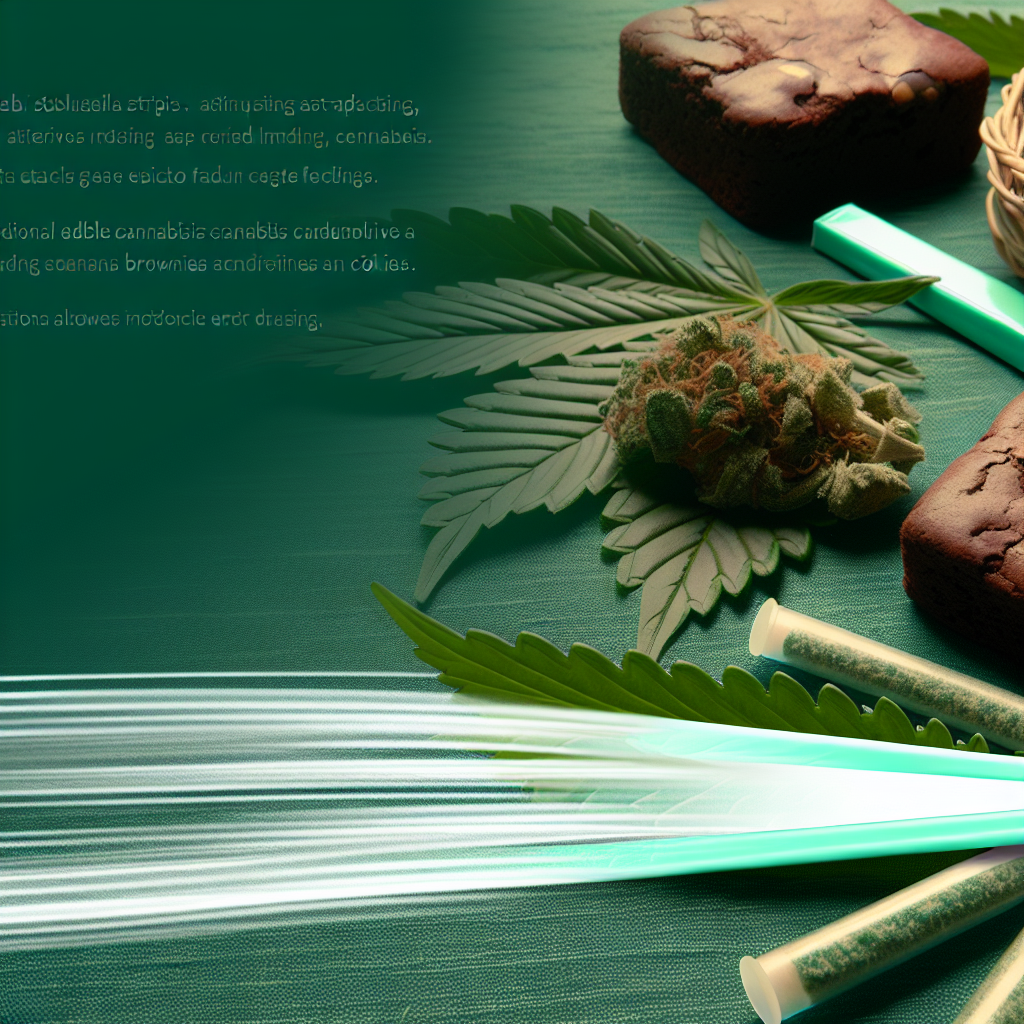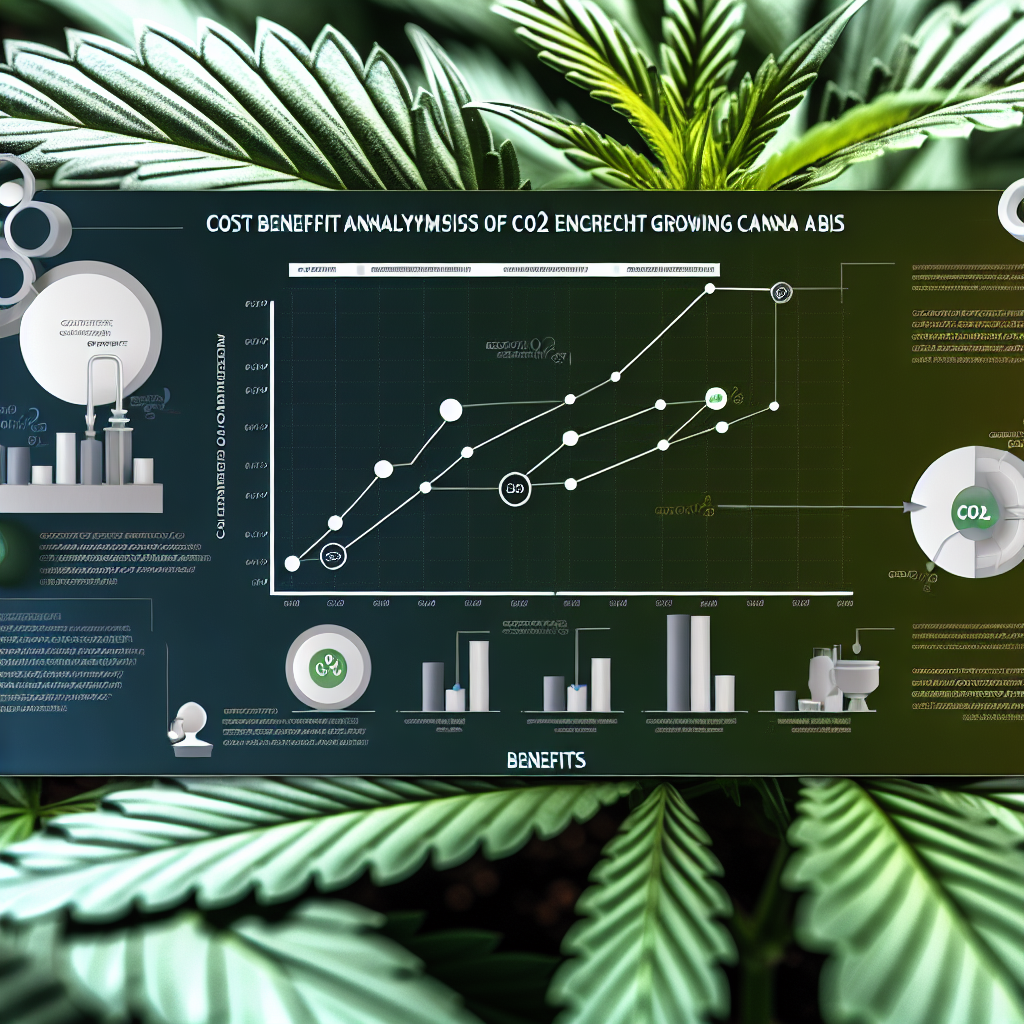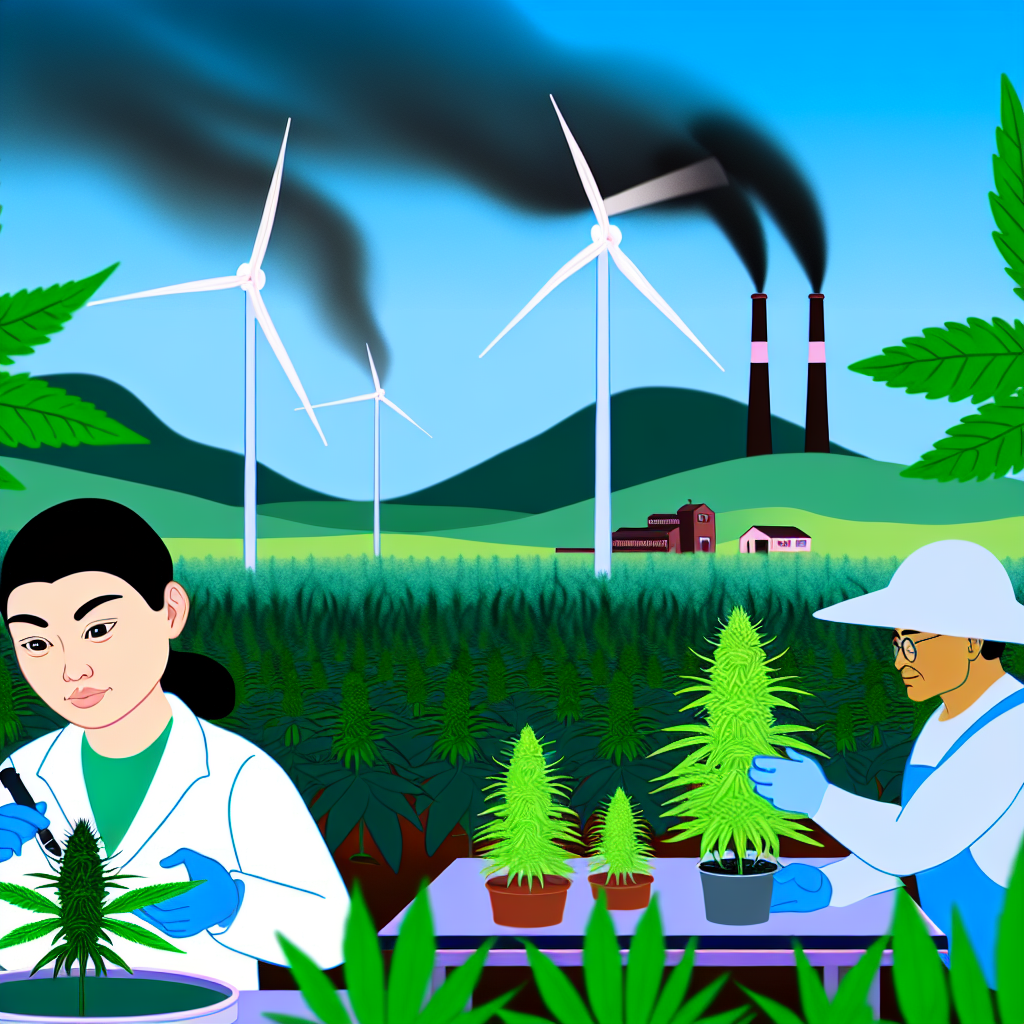Mushroom Liquid Culture Recipes: 12 Nutrient Formulas Compared
Discover the science and strategy behind optimized mushroom cultivation using nutrient-rich liquid cultures. Whether you’re a hobbyist or a professional cultivator, this comprehensive guide showcases 12 of the most effective and popular liquid culture (LC) recipes used worldwide.
🌱 Introduction: Why Liquid Culture is the Future of Mushroom Growing
As interest in functional fungi and mycological cultivation continues to expand—thanks largely to the rising popularity of medicinal mushrooms, psilocybin decriminalization movements, and the wellness industry’s focus on adaptogens—more specialists and casual growers alike are embracing refined propagation methods. One standout method? Liquid Culture.
Liquid culture (LC) is a sterile mix of water and nutrients (usually sugars) that allows mushroom mycelium to thrive before being transferred to a growing substrate. It’s faster, safer from contamination, and offers cultivators more reliable results than spore syringes. Whether your goal is to cultivate lion’s mane for cognitive support or research psilocybe cubensis for therapeutic use, choosing the right LC recipe is essential for robust colonization, consistency, and potency. This post breaks down 12 of the best liquid culture recipes, helping you optimize growth based on your goals and mushroom species.
🧪 Medical and Mycological Insights: What the Research Says About Liquid Culture
The science behind liquid culture’s benefits continues to grow. A 2021 study in the Journal of Applied Microbiology confirmed that LC nutrient composition directly affects mycelial colonization speed and secondary metabolite production, such as psilocybin and adaptogenic compounds.
Some key insights include:
– Up to 20% more biomass when grown in LC versus traditional solid agar techniques
– Enhanced oxygen availability in LC allows for faster and healthier mycelium development
– Complex recipes (e.g., malt extract, peptones) yield better bioactive content than simple sugar bases
– Ideal for genotypic isolation, crucial in research and commercial-scale mushroom operations
– Reduced contamination risks—critical in producing clinical-grade psilocybin and medicinal varieties
In Canada and other research-friendly jurisdictions, LC is the gold standard for Good Manufacturing Practices (GMP) in therapeutic mushroom cultivation.
🔬 The 12 Best Liquid Culture Recipes for Mushrooms (Ranked & Compared)
Below is a comparative breakdown of 12 proven LC recipes—from beginner-friendly options to lab-grade formulations for serious cultivation and research.
1. Light Malt Extract (LME)
– Ingredients: 20g LME per liter of water
– Pros: High growth vigor, simple sterilization
– Best for: All-purpose use; especially popular with gourmets and medicinal mushrooms
2. Honey Water
– Ingredients: 10g honey per liter
– Pros: Cheap and accessible, promotes fast growth
– Best for: Beginner cultivators looking to experiment
3. Karo Syrup
– Ingredients: 4% corn syrup solution
– Pros: Clear liquid—easy to see mycelial development
– Best for: Fast colonizers like oyster mushrooms
4. Dextrose Solution
– Ingredients: 20g dextrose per liter
– Pros: Quick colonization, easy to replicate
– Best for: Controlled lab settings and psilocybin cultivation
5. Potato Dextrose Broth (PDB)
– Ingredients: 200g boiled potatoes, 20g dextrose
– Pros: Nutrient-dense and complex
– Best for: Advanced mycologists seeking high performance
6. Maltose + Yeast Extract
– Ingredients: 10g maltose, 1g yeast extract
– Pros: Supports differentiation and biomass expansion
– Best for: Medicinal mushroom research and formulation
7. Brown Rice Water
– Ingredients: Strained water from soaked brown rice
– Pros: Low-tech, naturally nutritious
– Best for: Off-grid or budget setups; organic cultivation
8. Agave Syrup Mix
– Ingredients: 10g agave syrup per liter
– Pros: Natural antifungal properties, low contamination risk
– Best for: Outdoor cultivation prep or fieldwork use
9. Maple Syrup Solution
– Ingredients: 5ml maple syrup per 500ml water
– Pros: Sustainable, mild sugar profile
– Best for: Slower-growing species like shiitake and reishi
10. Peptone-Malt Media
– Ingredients: 10g malt extract, 1g peptone
– Pros: High-performance and lab-proven
– Best for: Industrial-scale mushroom production
11. Glucose-Yeast-Mineral Mix
– Ingredients: 10g glucose, 1g yeast extract, trace minerals
– Pros: Broad-spectrum nutrition
– Best for: Developing highly bioactive medicinal mycelium
12. Coconut Water Base
– Ingredients: 100% pure coconut water
– Pros: Naturally rich in sugars, vitamins, and minerals
– Best for: Experimental grows, exotic and tropical species
✅ Final Thoughts: Pick the Right LC Recipe Based on Your Goals
Mastering mushroom cultivation means knowing your tools—and liquid culture (LC) is one of the most potent techniques in the modern grower’s toolkit. By choosing a recipe based on your mushroom strain, experience level, and desired application, you’ll set the stage for faster colonization, higher yields, and more potent effects.
Whether you’re a myco-curious beginner, a psilocybin researcher, or a medicinal mushroom producer, pinpointing the perfect nutrient formula will give you professional-grade results.
📚 References
– Journal of Applied Microbiology. “Optimizing Carbon Sources for Mycelium Growth in Liquid Culture.”
– International Journal of Medicinal Mushrooms. “Comparative Analysis of Liquid Culture Nutritional Media on Ganoderma lucidum.”
– Health Canada. “Protocols for Clinical-Grade Psilocybin Mushroom Cultivation.”
Pro Tip: Bookmark this page! Experimenting with different LC recipes is one of the fastest ways to improve your cultivation process and discover what your specific mushroom strain loves most.
Happy growing!
Summary:
This comprehensive guide explores 12 of the most effective and popular liquid culture (LC) recipes used worldwide for mushroom cultivation. It provides insights into the science behind LC, including its benefits for mycelial growth, secondary metabolite production, and reduced contamination risks. The recipes cover a range of options, from beginner-friendly formulas to advanced, lab-grade mixtures suitable for research and commercial applications. By understanding the unique properties and best uses of each LC recipe, readers can optimize their mushroom cultivation process based on their specific goals, experience level, and mushroom strain.




